Optimal Timing for Bowed Wall Repairs

Ways to make Bowed Wall Repairs work in tight or awkward layouts.
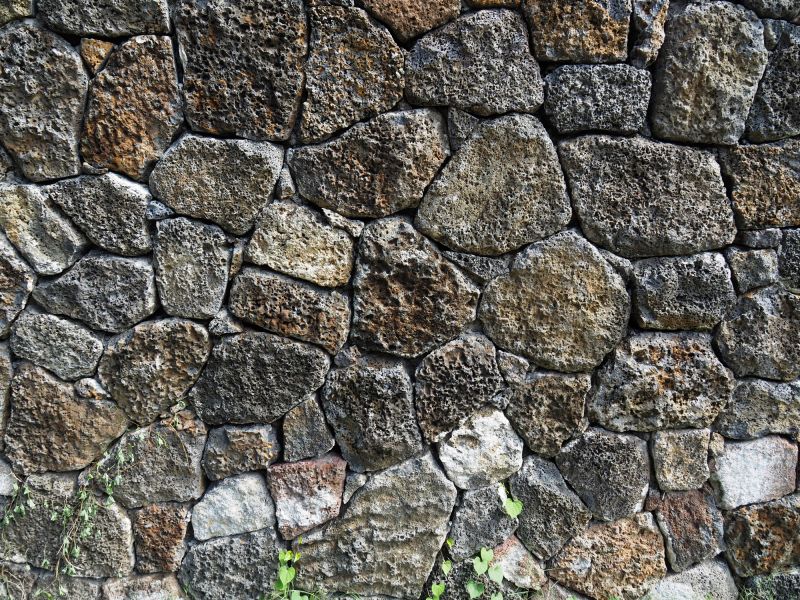
Popular materials for Bowed Wall Repairs and why they hold up over time.

Simple add-ons that improve Bowed Wall Repairs without blowing the budget.
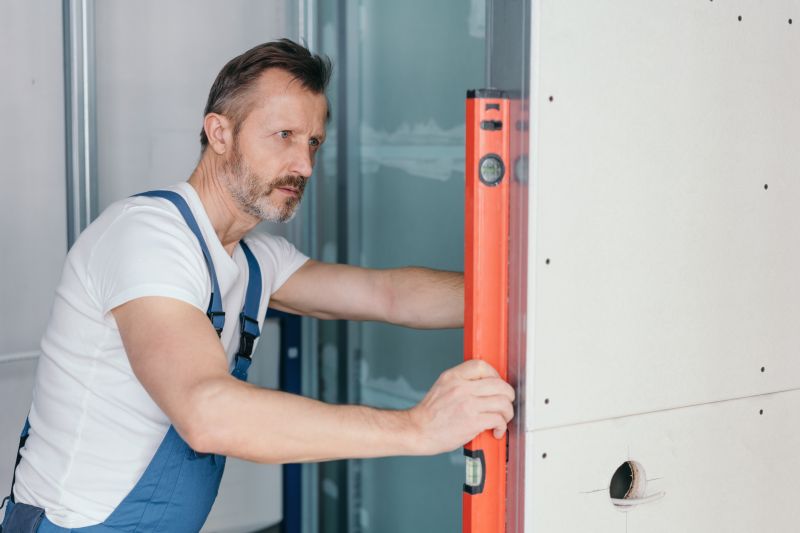
High-end options that actually feel worth it for Bowed Wall Repairs.
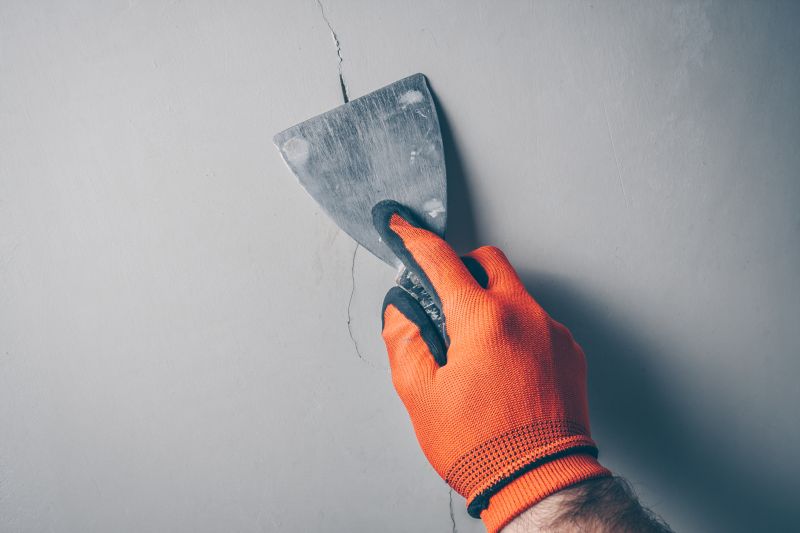
Finishes and colors that play nicely with Bowed Wall Repairs.
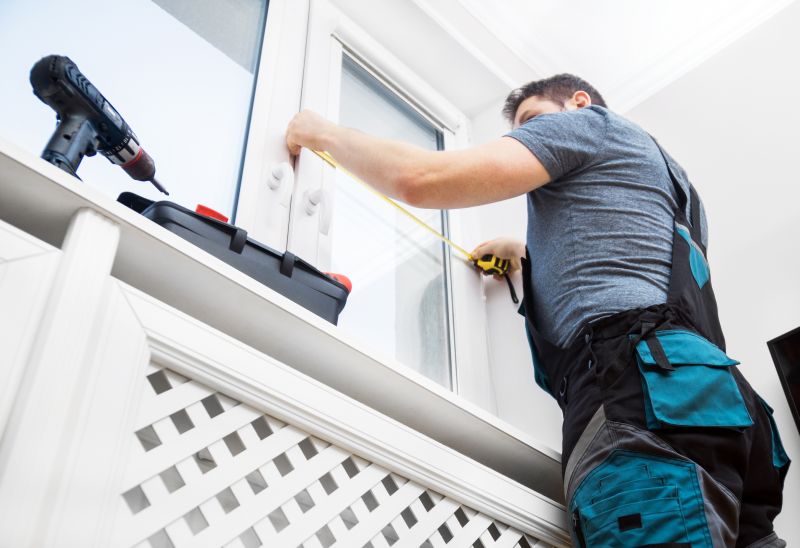
Little measurements that prevent headaches on Bowed Wall Repairs day.
Bowed wall repairs are most effectively performed during specific seasonal windows to ensure optimal conditions for stabilization and curing. The best time for repairs typically depends on climate, temperature, and moisture levels. Spring and early fall are generally ideal due to moderate temperatures and lower humidity, which facilitate proper curing and adhesion of repair materials. Performing repairs during extreme cold or heat can compromise the effectiveness of the work and prolong the repair process.
Timing is crucial because environmental factors influence the structural integrity and longevity of repairs. For example, high humidity or freezing temperatures can hinder the curing process of epoxy or mortar used in wall stabilization. Scheduling repairs during periods with stable weather conditions helps ensure the durability of the repair and reduces the likelihood of future issues caused by environmental stressors.
Spring and fall offer moderate temperatures ideal for Bowed Wall Repairs, reducing risks related to freezing or excessive heat.
Dry, stable weather conditions are preferable to prevent moisture intrusion and ensure proper adhesion of repair materials.
Addressing bowed walls promptly during suitable seasons can prevent further deterioration and potential structural failure.
Scheduling repairs ahead of adverse weather ensures sufficient time for proper preparation and curing.
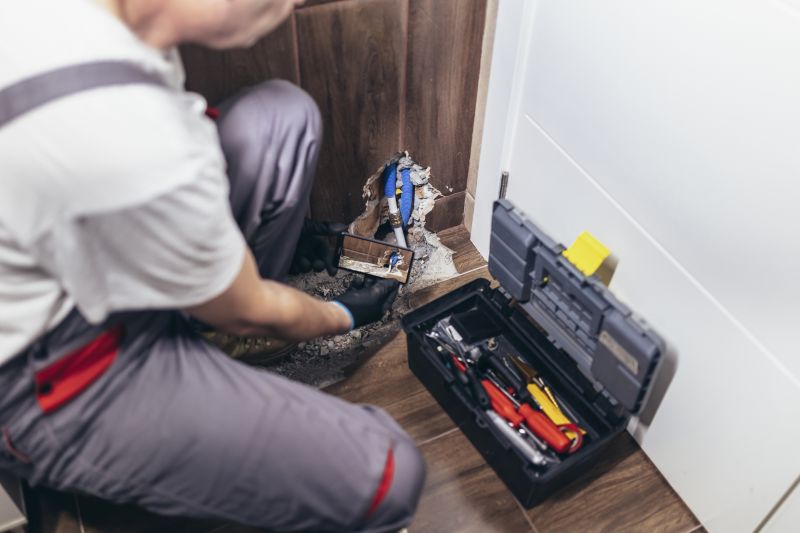
A 60-second routine that keeps Bowed Wall Repairs looking new.
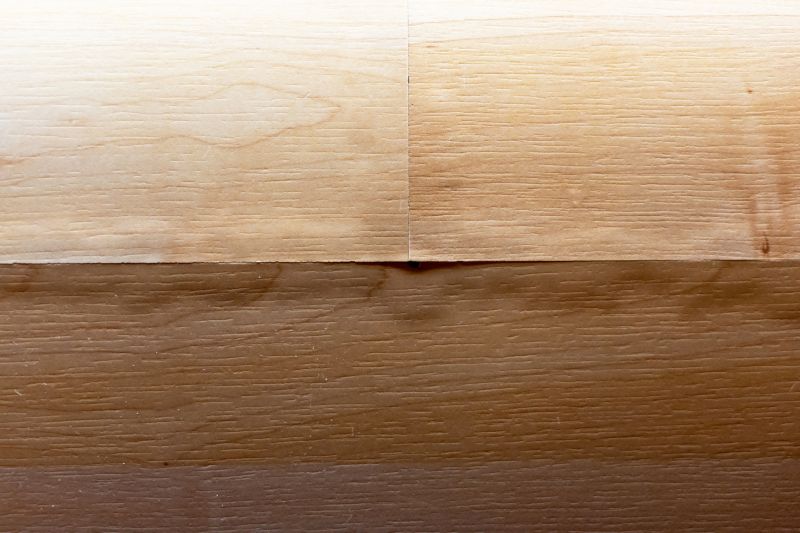
A frequent mistake in Bowed Wall Repairs and how to dodge it.
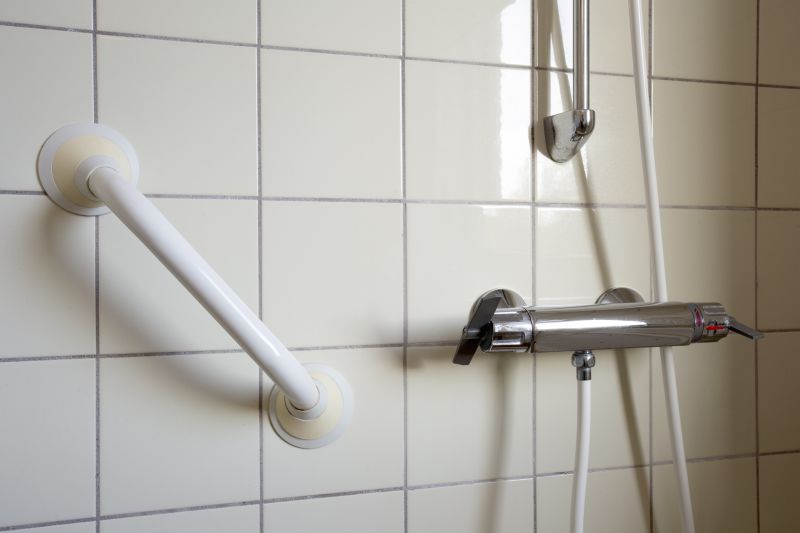
Small tweaks to make Bowed Wall Repairs safer and easier to use.
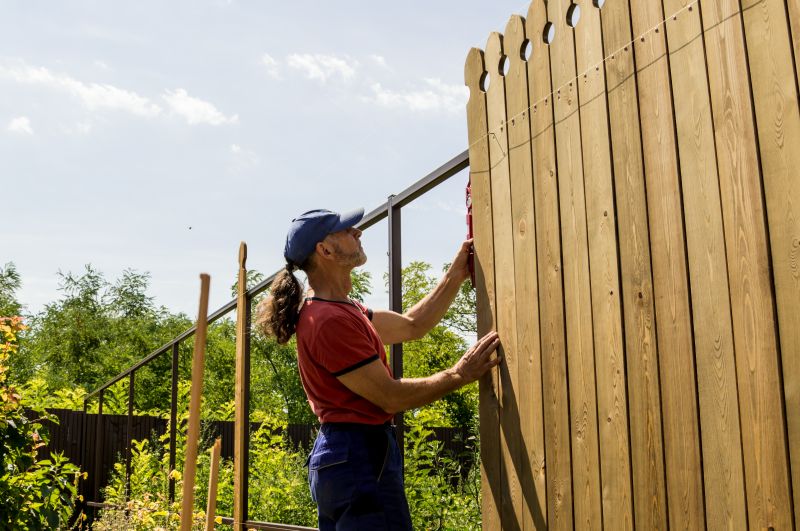
Lower-waste or water-saving choices for Bowed Wall Repairs.
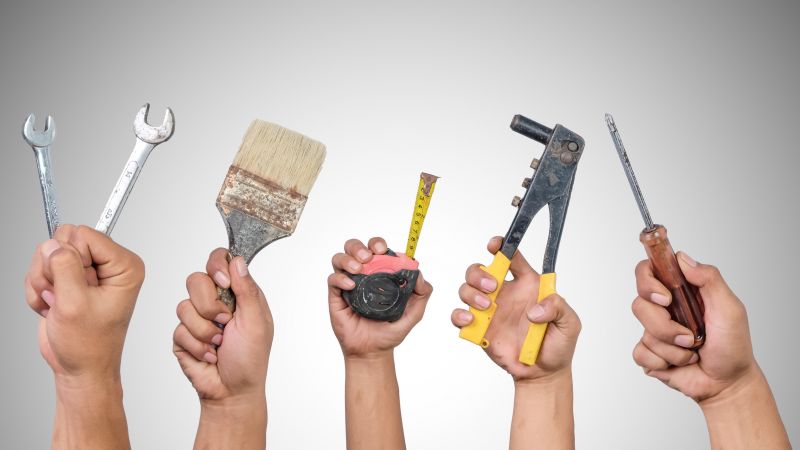
The short, realistic tool list for quality Bowed Wall Repairs.
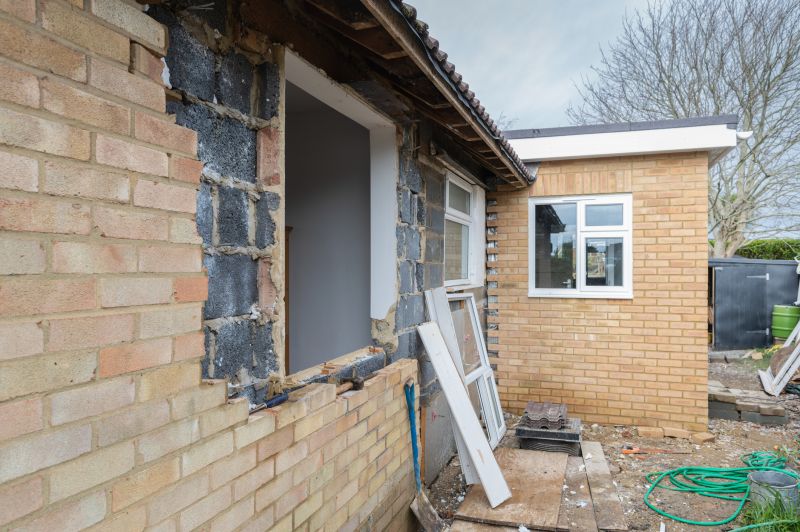
Rough timing from prep to clean-up for Bowed Wall Repairs.
Bowed wall repairs involve assessing the extent of structural movement, removing damaged materials, and applying stabilization techniques such as wall anchors, braces, or epoxy injections. Proper timing ensures that these interventions are effective and durable. Seasonal considerations, including avoiding extreme weather, help maintain the integrity of the repair process.
| Season | Ideal Conditions |
|---|---|
| Spring | Moderate temperatures, low humidity, and dry weather |
| Summer | Early summer with stable weather, avoiding heatwaves |
| Fall | Cool, dry conditions with mild temperatures |
| Winter | Not recommended due to freezing temperatures and moisture risks |
Timely repairs can prevent extensive damage and costly interventions later. Consulting with a structural specialist can help determine the most suitable time based on local climate and specific wall conditions. Proper planning and seasonal timing are essential for ensuring the success and longevity of bowed wall repairs.
Interested in Bowed Wall Repairs? Filling out the contact form can provide more information and assistance tailored to specific needs and conditions.
